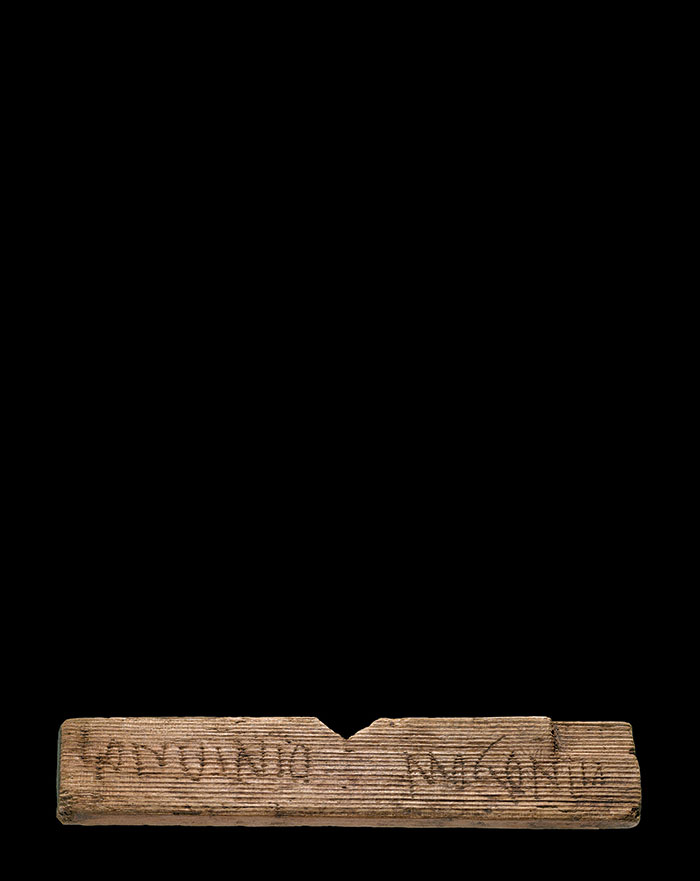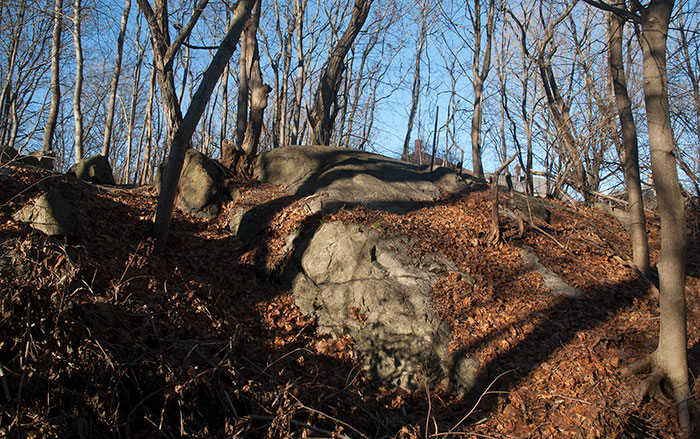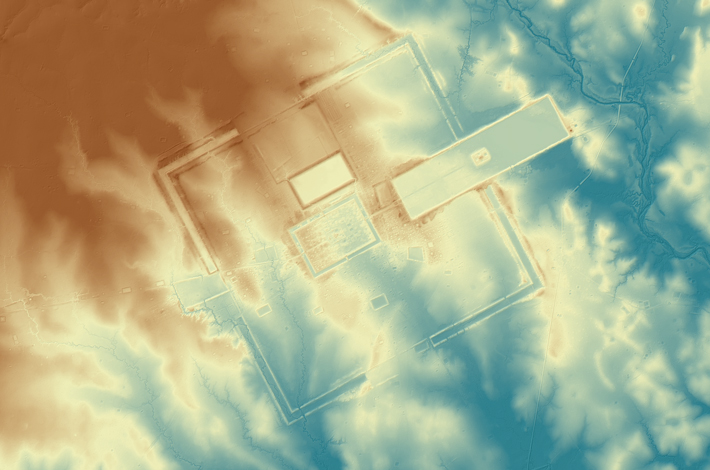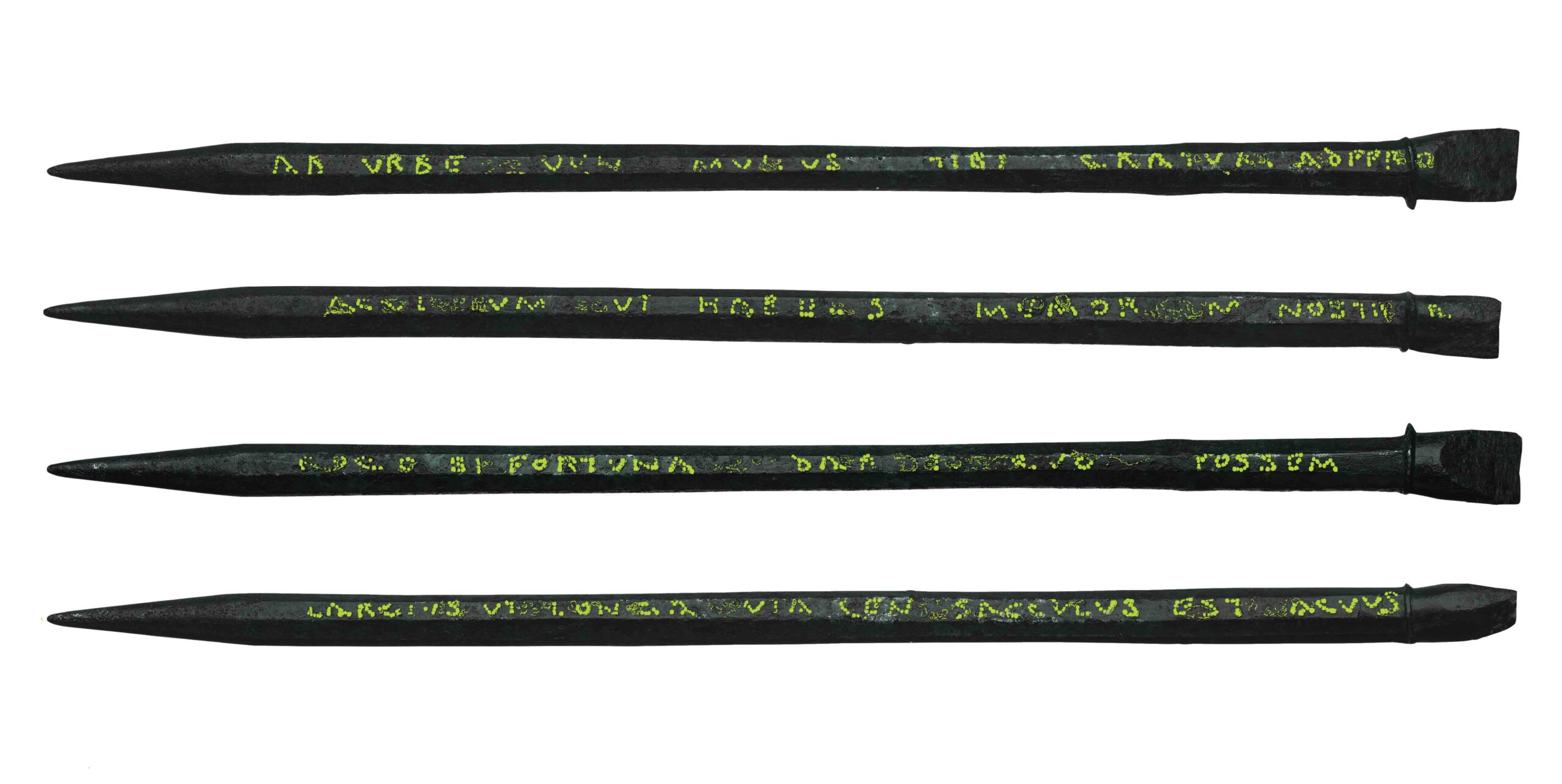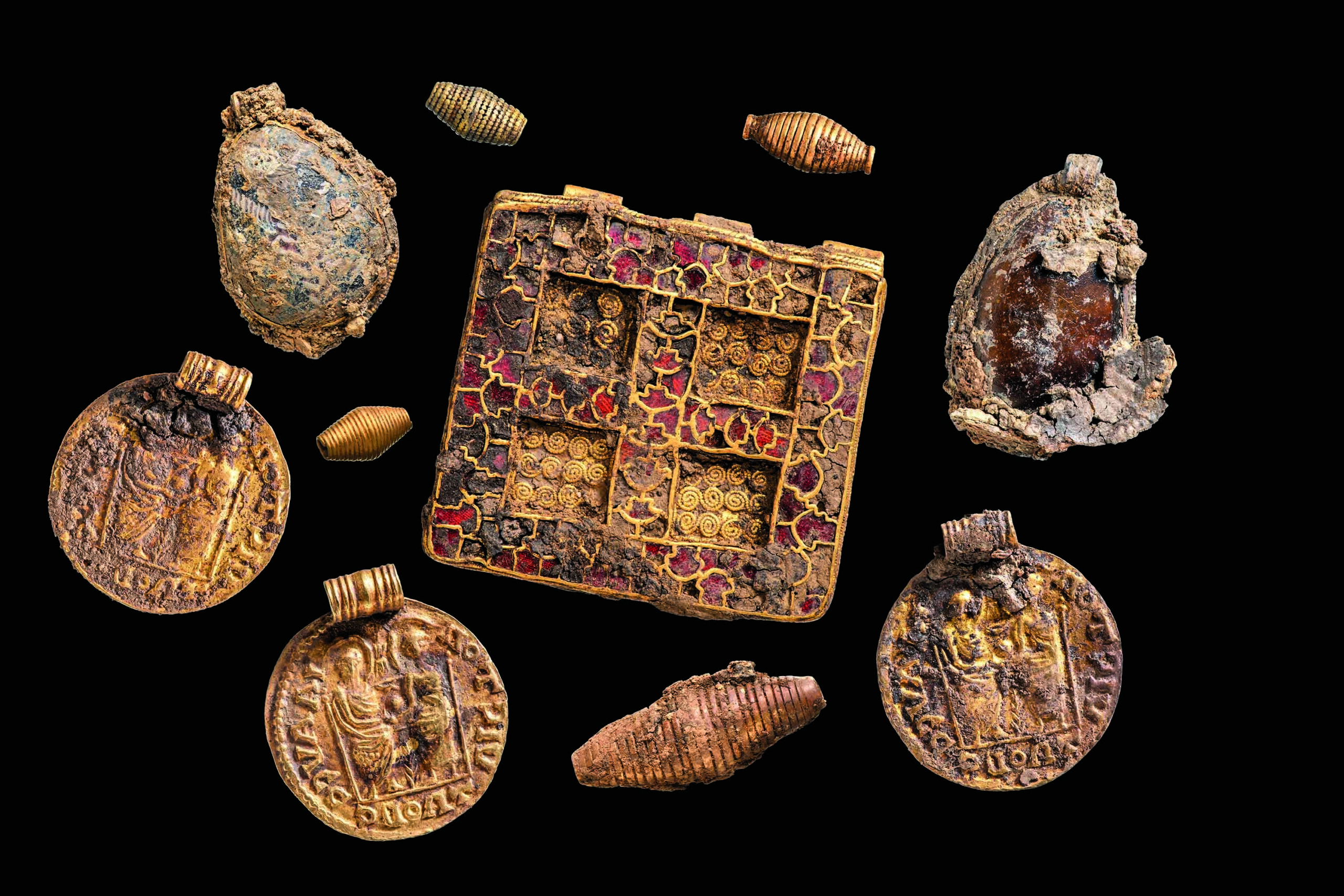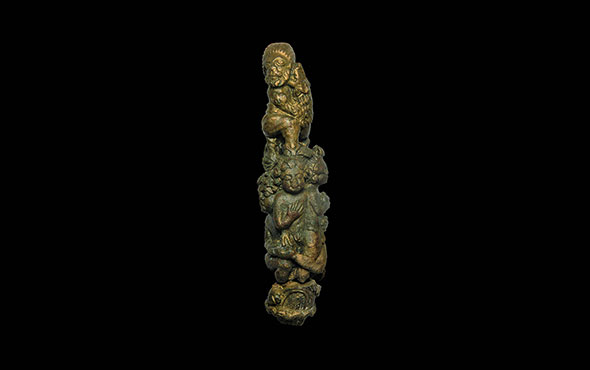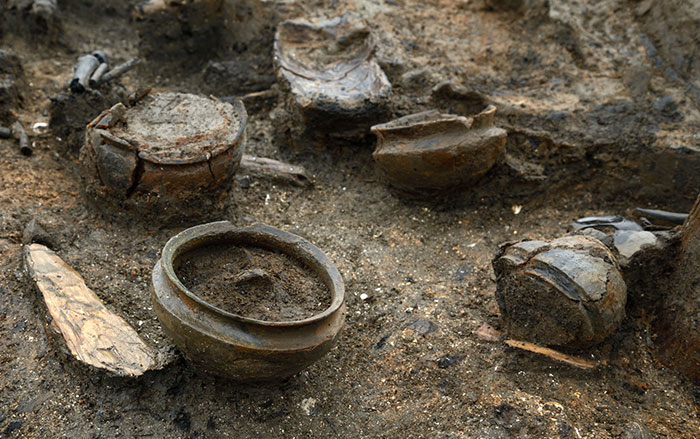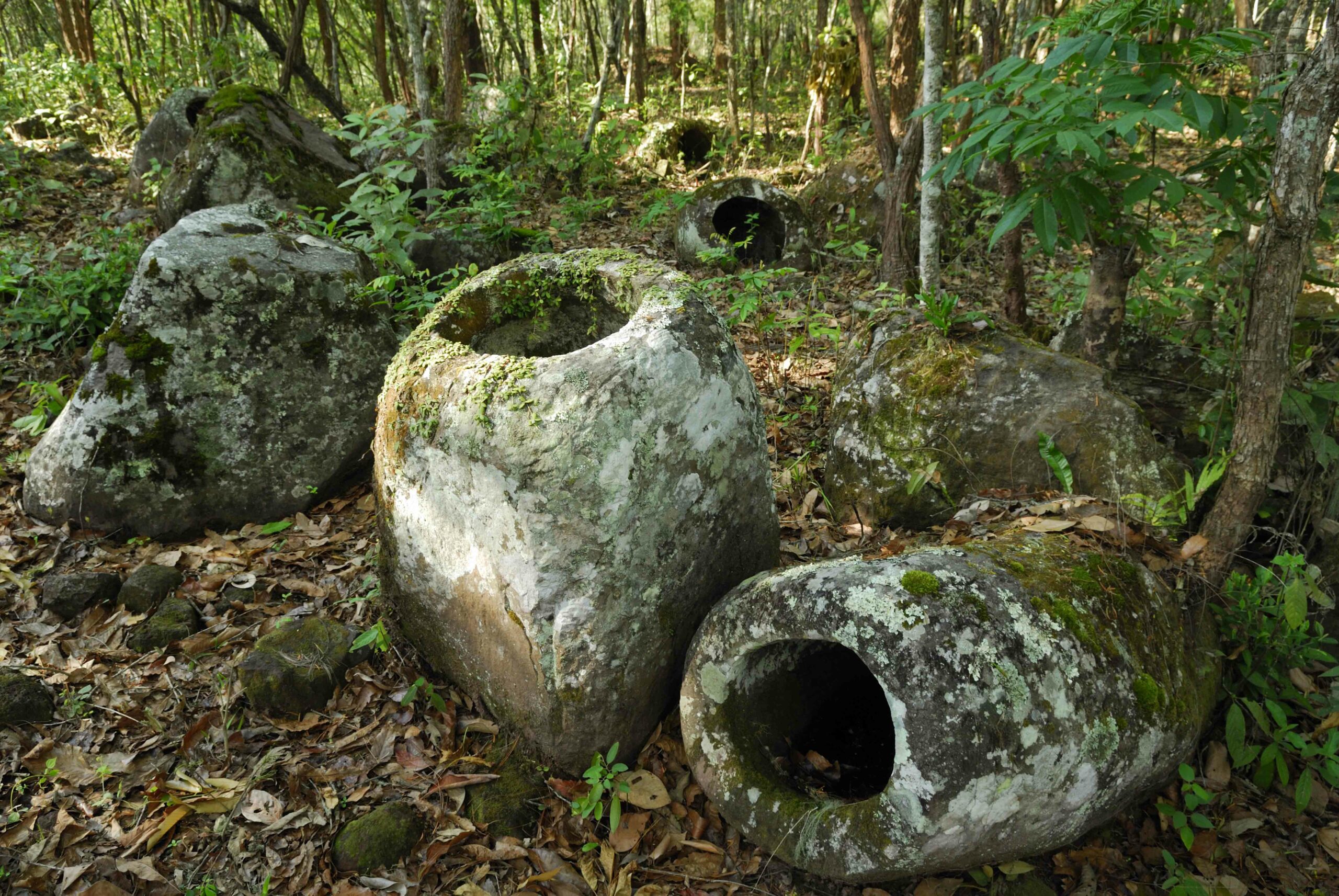
The largest and most significant collection of Roman waxed writing tablets is providing an intriguing glimpse into life in early Roman London. More than 400 wooden tablets were unearthed by archaeologists from Museum of London Archaeology (MOLA) during excavations at the site of the Bloomberg company’s new European headquarters. Roman London (called Londinium) was founded around A.D. 50, and the recovered texts, written by ordinary residents, record various names, as well as events and transactions that took place during the settlement’s first few decades.
The tablets, which began to be published in 2016, feature a once-popular method of Roman writing that involved using a pointed stylus to etch letters into a thin layer of wax that had been spread onto a small plank. Since tablets such as these were typically made of wood, they rarely survive. However, the Bloomberg excavation site is located along what used to be the Walbrook River. Most of the tablets discovered there were part of an ancient garbage dump that was used to fill in the wetlands to create buildable land during the Roman era. The muddy, oxygen-free conditions were instrumental in the preservation of the nearly 2,000-year-old tablets. Although the actual inscriptions in wax have long since disappeared, sometimes an overly aggressive scribe applied too much pressure and accidentally etched their writing into the wood beneath the wax.
“The collection is hugely significant,” says MOLA archaeologist Sophie Jackson, “because the tablets date to the first few years of London. They provide new insights into the people who lived, worked, and traded there and administered the new city, and what social, economic, and legal structures were in place.”
Thus far, 19 of the 405 tablets have been decoded through an exacting process that uses multidirectional photography and microscopic analysis. Among these are Britain’s oldest handwritten document and the earliest known reference to Londinium. Some texts appear to be legal records and contracts, while others are correspondence. And one tablet, which simply contains the alphabet, may have been part of a school lesson.




